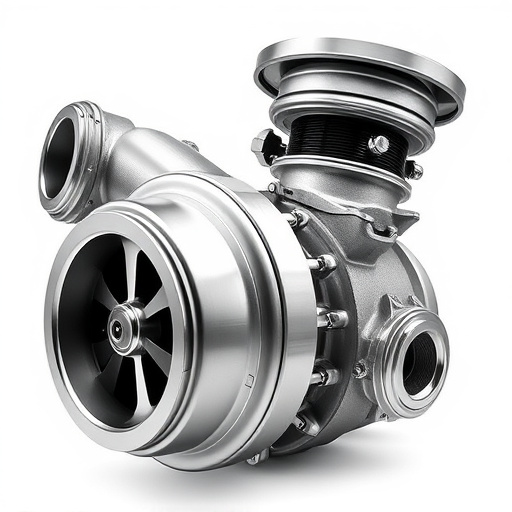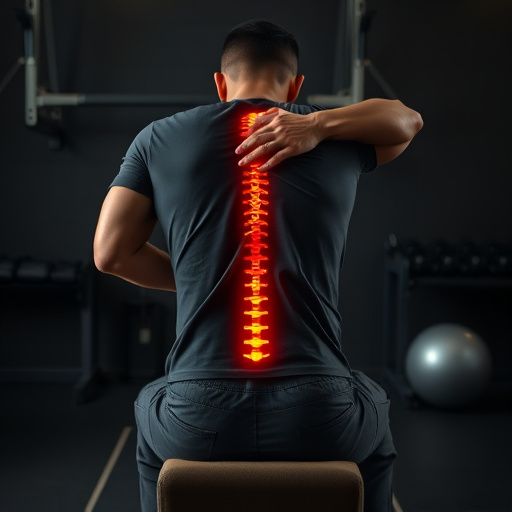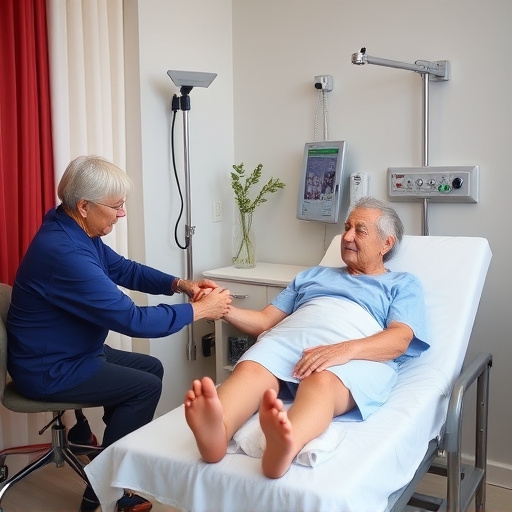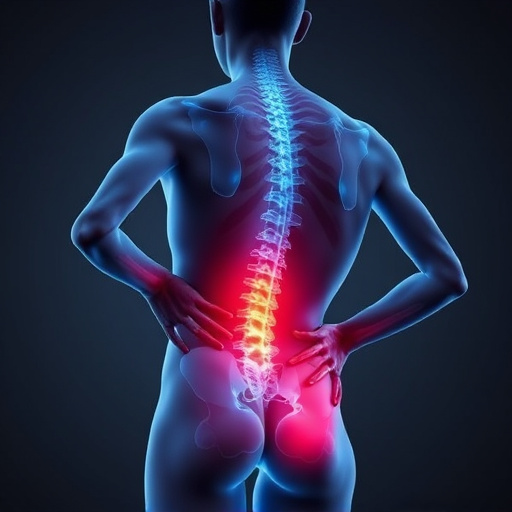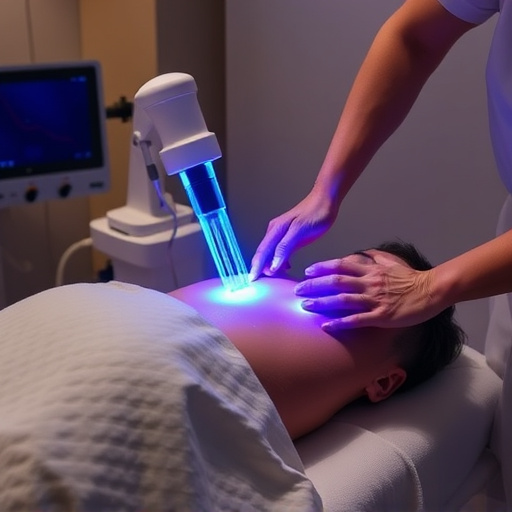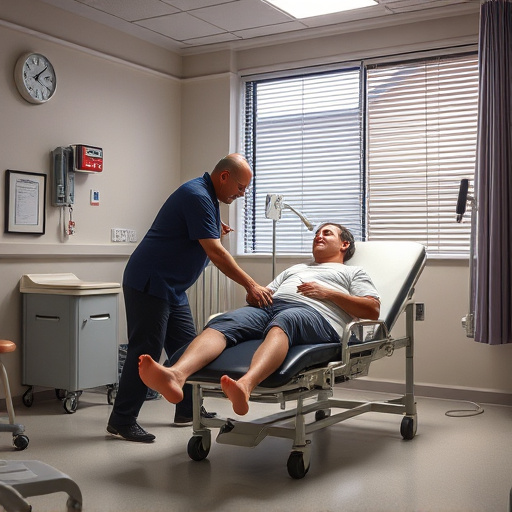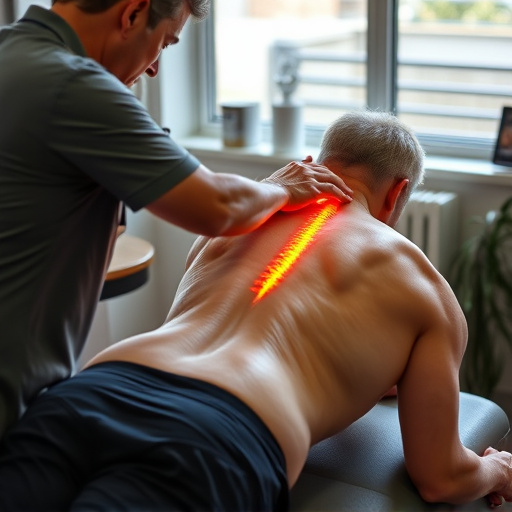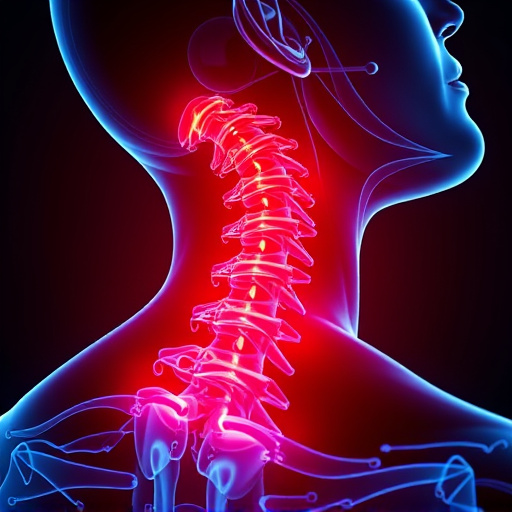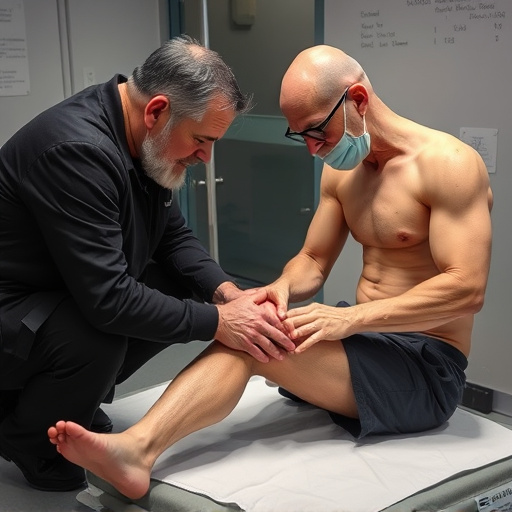Post shockwave tendonitis relief, prioritize rest, ice, and reduced activity for initial recovery. Mobility improves over weeks, but full healing takes months. Follow care plans, attend follow-ups, and be patient. Balance return to daily routines with light activities, good posture, and regular breaks. Continue therapeutic exercises and low-impact activities for long-term relief. Regular spinal adjustments may aid car accident-related injuries. Rest, nutrition, and stress management balance for enduring well-being.
Post-treatment care plays a pivotal role in managing and alleviating shockwave tendonitis. This article offers essential guidance for patients navigating their recovery journey. We explore the key aspects of understanding your post-treatment path, including safe return to daily activities and long-term strategies for sustainable relief. By adhering to these tips, patients can optimize their recovery, reduce recurrence risks, and regain comfort in their daily lives.
- Understanding Your Post-Treatment Recovery Path
- Daily Activities: Safe Return to Routine
- Long-Term Care Strategies for Sustainable Relief
Understanding Your Post-Treatment Recovery Path
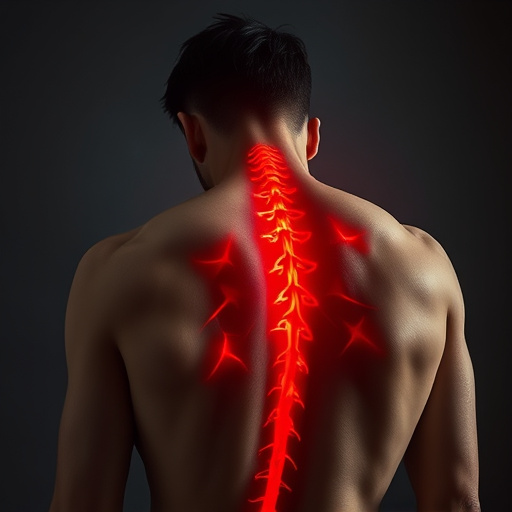
After receiving shockwave therapy for tendonitis, it’s crucial to grasp your recovery journey. This period is vital for ensuring optimal relief and preventing setbacks. The initial phase typically involves rest and ice, which helps reduce inflammation and pain. Patients often experience improved mobility and reduced tenderness within days or weeks, but full recovery may take several months.
Understanding your post-treatment care plan allows you to actively participate in your injury rehabilitation. Follow the recommended activities and restrictions, attend follow-up appointments, and be patient as your body heals. Remember that back pain relief or neck pain treatment, if present alongside tendonitis, might require specialized exercises or additional therapies to address those issues concurrently during recovery.
Daily Activities: Safe Return to Routine

Returning to your daily routine after shockwave tendonitis relief treatment is an essential step in your recovery journey. It’s crucial to allow enough time for healing and to be mindful of any residual discomfort or limitations. During the initial stages, focus on light activities and gradually increase intensity as tolerated. Simple tasks like walking, gentle stretching, and low-impact exercises can help restore mobility without straining the treated area.
Incorporating wellness care practices into your daily routine can aid in injury rehabilitation. This includes practicing good posture, taking regular breaks during prolonged sitting or standing, and applying ice or heat as recommended by your healthcare provider for pinched nerve relief. Remember, listening to your body is key; if any activity causes sharp pain or discomfort, adjust or avoid it until healing progresses further.
Long-Term Care Strategies for Sustainable Relief

Maintaining long-term shockwave tendonitis relief requires a holistic approach that goes beyond initial treatment. Post-treatment care should focus on sustainable strategies to prevent recurrence and promote overall well-being. Patients should continue with prescribed therapeutic exercises tailored to strengthen the affected area, improving flexibility and range of motion. Regular stretching and gentle reinforcement through daily activities can significantly aid in recovery.
Additionally, incorporating low-impact activities like swimming or cycling into one’s routine can provide cardiovascular benefits while minimizing stress on the tender tendons. For those who experienced a car accident injury leading to shockwave tendonitis, ongoing care may include regular spinal adjustments to maintain optimal alignment and reduce compensatory muscle tension that could exacerbate the condition. A balanced lifestyle with adequate rest, proper nutrition, and stress management is paramount for enduring relief and overall health.
Post-treatment care plays a pivotal role in ensuring lasting shockwave tendonitis relief. By understanding your recovery path, safely returning to daily activities, and implementing long-term strategies, you can achieve sustainable results. Remember, consistent adherence to these tips will help you regain comfort and mobility while minimizing the risk of future tendonitis flare-ups.



